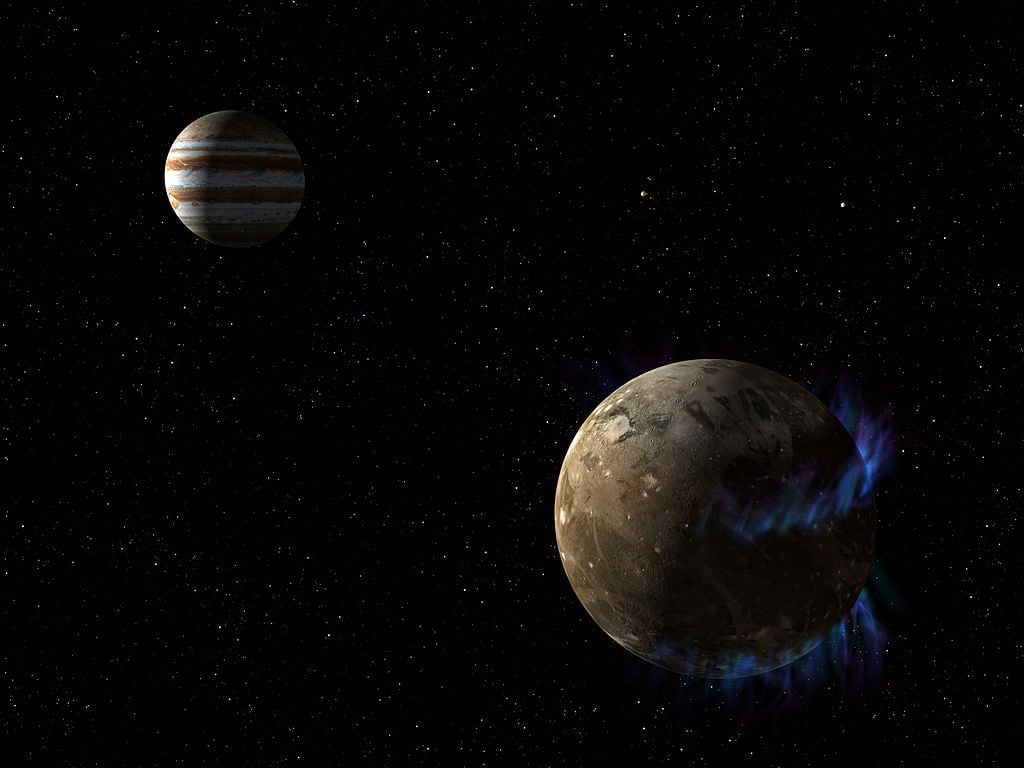Recent research has provided significant insights into the formation of Jupiter’s Galilean moons, a complex process that remains less understood than planet formation. In a newly published chapter, researchers Yuhito Shibaike and Yann Alibert from the University of Bern explore various theories surrounding the origins of these moons, which include Io, Europa, Ganymede, and Callisto. They highlight the unique characteristics of the Galilean moons and their formation within a circum-Jovian disc (CJD).
The CJD, an analogue to the circum-stellar disc (CSD) that orbits the Sun, is crucial for understanding how these moons may have formed. While the CJD is shaped by a multitude of smaller moons — over 93 non-Galilean moons orbit Jupiter — the formation dynamics of the Galilean moons differ significantly. According to the research, moon formation occurs on a much faster time scale, estimated to be between 10 and 100 times quicker than planetary formation.
One of the primary distinctions between the two processes is the continuous flow of material within the CJD. This disc not only receives material from the CSD but also loses it to Jupiter, which has a substantial gravitational influence. The study identifies three main differences that set moon formation apart from planet formation. The research emphasizes that large moons, such as those around Jupiter and Saturn, are rare, and current observations have not yielded many examples of multiple large moons beyond these two gas giants.
The researchers outline a three-phase model for the formation of the Galilean moons. The initial phase involves the creation of the CJD, a mix of gas, dust, and moonlets. A foundational theory from the 1980s, known as the “minimum mass model,” posited that this disc was relatively static and contained approximately the total mass of the Galilean moons. However, an updated theory from 2002 introduced the concept of a “gas-starved disc,” suggesting that the CJD initially had limited material but gained mass through gravitational capture from the CSD.
Gravitational capture is believed to have played a pivotal role in the development of the Galilean moons. As Jupiter’s immense gravity clears its orbital path, it creates challenges for moon formation due to the limited availability of smaller materials. The research suggests two potential pathways for moon accretion: one involves the capture of small dust particles that can enter the CJD without disruption, and the other is through “planetesimal capture,” where larger objects, initially destined to become planets, are instead transformed into moons.
Moreover, the characteristics of the Galilean moons themselves offer clues to their formation. For instance, Callisto stands out as it does not resonate with Jupiter’s gravitational influence, unlike its three siblings. This anomaly raises questions about its formation conditions; it may have developed under different circumstances or experienced impacts that altered its trajectory. Callisto’s partial differentiation indicates it has a core, mantle, and outer shell, while its peers are fully differentiated. Some models suggest that Callisto may still be evolving and could eventually resemble the other Galilean moons.
Despite these advances, many questions about the formation of large moon systems remain unanswered. The upcoming Jupiter Icy Moon Explorer (JUICE) mission aims to gather additional data that may illuminate these mysteries. Nonetheless, current research relies heavily on a limited number of data sets, primarily from Jupiter and Saturn. Until new exoplanet-hunting technologies can detect exomoons with the same frequency as exoplanets, the exploration of these formation theories will continue to face challenges.
As scientists work to unravel the complexities of moon formation, the findings from Shibaike and Alibert provide a valuable framework for future research. The data obtained from missions like JUICE will be instrumental in enhancing our understanding of the intricate processes that shape not only the moons around Jupiter but also our own solar system’s evolution.
